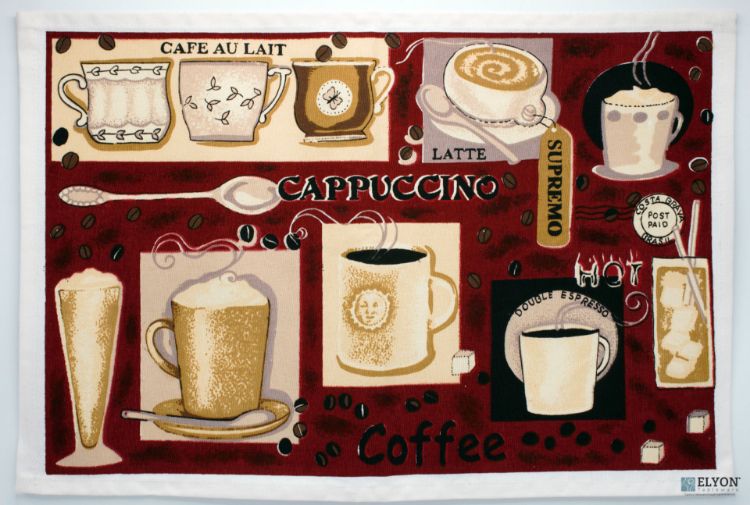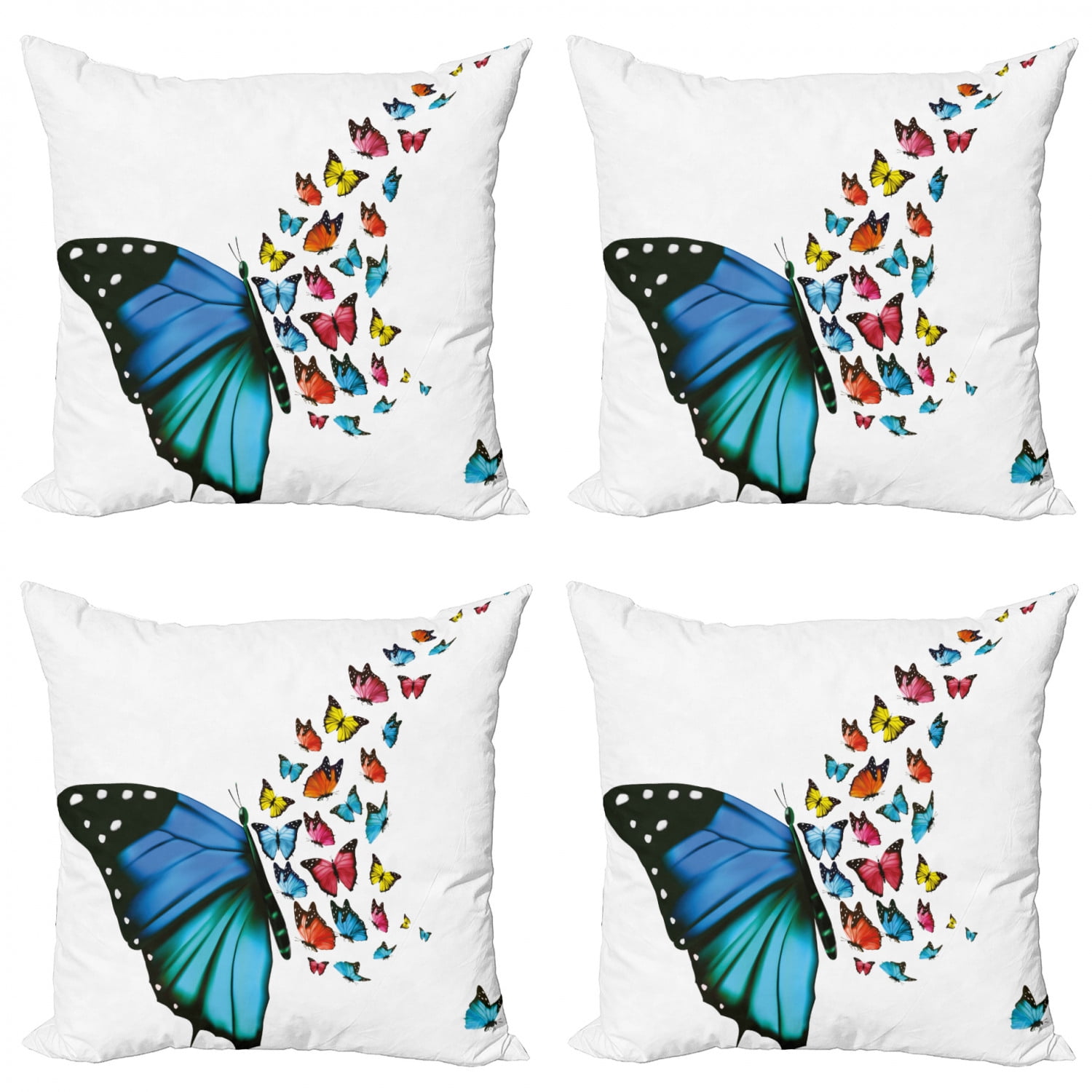Getting The Unique Art To Work
Getting The Unique Art To Work
Blog Article
A Biased View of Unique Art
Table of ContentsGetting My Unique Art To WorkSome Ideas on Unique Art You Need To KnowAn Unbiased View of Unique ArtThe 15-Second Trick For Unique Art
While one may discuss which art form holds priority, the reality stays that each of these seven kinds provides an one-of-a-kind window right into human background, society, and evolution. They are the tapestries that chronicle our journey, reminding us of our past while inspiring visions for the future.Excellent art work informs a tale, makes people look twice, and develops a special experience that can't be matched. Art and pictures communicate all of that with color, form and other layout elements. Find out exactly how to make your distinct art work stand out from the group.

8 TRIA GIOVANEqual parts grand and laidback, this entrance hall developed by Anthony Baratta is the ideal blueprint to adhere to if you're decorating an official entry that still really feels unfussy and comfy. Formed textiles take spotlight (see the carpets and the couch), however they likewise assist bring the high ceilings down to a human scale when hung over wallpaper.
Top Guidelines Of Unique Art
18 Heidi Caillier DesignA gallery wall doesn't need to take up the whole area. In fact, often a tiny one can make a bigger design statement. In this living-room, Hiedi Caillier went with micro-mini frames and a random make-up. Promotion - Continue Reading Below19 Stephen Kent JohnsonDesigner Juan Carretero selected a deep eco-friendly paint color to comparison with the light timber finishes.
The aspects of this languageits forms, lines, colours, tones, and texturesare used in different methods to generate feelings of quantity, space, movement, and light on a level surface area. These elements are combined into expressive patterns in order to represent real or mythological sensations, to interpret a narrative theme, or to produce completely abstract aesthetic relationships.
Later the concept of the "great musician" created in Asia and Renaissance Europe. Popular painters were afforded the social status of scholars and courtiers; they signed their work, determined its layout and commonly its subject and images, and developed a more personalif not always amicablerelationship with their patrons. During the 19th century painters in Western cultures started to shed their social setting and secure patronage.
Unique Art Can Be Fun For Anyone
Others earned an income with touring exhibitions of their job. The need to interest an industry had replaced the comparable (if less impersonal) demands of patronage, and its effect on the art itself was possibly similar as well. Generally, artists in the 20th century can reach an audience only with business galleries and public museums, although their job might have been periodically reproduced in art regulars.

Do not duplicate the style of other musicians if you're searching view it now for your design. Duplicating other individuals's artwork can be great in instructional objectives yet it will certainly not make you closer to discovering your own special style. Your imaginative style has to be, what you such as and what influences you.
I would consider your own style as a design you repaint in normally, when you let go of all thoughts and regulations and just focus on painting, not thinking of it. Unique Art. The weblink style needs to come normally to you when you are kicked back and you can not compel it or it right here won't be your very own design, simply somebody else's
Getting The Unique Art To Work

With time you'll be able to arrange every one of them into your preferred and the very least preferred classifications. Attempt to focus your focus on the subjects and mediums that you like and prior to you see it coming you'll have your own personal and distinct style, like no one else have! In the end you'll have a few favorite topics to repaint and perhaps a couple of preferred tools.
The style has to create itself with time with a lot of technique and experiments - Unique Art. Thanks for reading this message and if you have any inquiries leave them in the remarks below, I 'd enjoy to answer these
Report this page